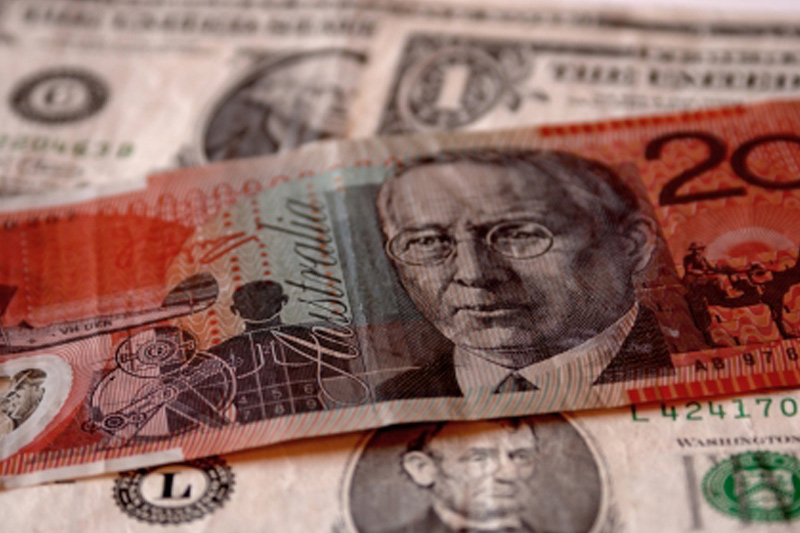
The Australian dollar was among the better performers in the region, firming after the Reserve Bank of Australia kept rates unchanged but struck a hawkish chord amid sticky inflation in the country.
Still, sentiment towards regional markets remained fragile, especially as fears of a U.S. recession remained in play, while the unwinding of the yen carry trade also sparked widespread outflows from the region.
The Japanese yen weakened on Tuesday, with the USDJPY pair surging nearly 1% from its weakest levels in seven months. The pair had fallen as low as the mid-141 yen levels.
The yen benefited from increased safe haven demand as broader financial markets crashed. Hawkish signals from the Bank of Japan- which raised interest rates and flagged more hikes- also boosted the currency, as did an unwinding carry trade.
Strong wage data– which showed a consistent pick-up in earnings through June- also furthered the BOJ’s outlook that increased wages will drive up spending and inflation this year.
But household spending data missed expectations in June, contracting more than expected from last year.
The Australian dollar firmed, with the AUDUSD pair rising 0.2%after the RBA kept rates steady as widely expected.
But the central bank said it will keep policy restrictive in the coming months, citing pressure from sticky inflation. While the bank did not explicitly mention the potential for more rate hikes, it said it was prepared to undertake any measures to bring down inflation.
Analysts do not expect the RBA to hike rates further, with second-quarter inflation showing mild signs of easing. But the central bank is widely expected to keep rates higher for longer, benefiting the Aussie.
The dollar index and dollar index futures rose 0.2% each on Tuesday, steadying from a fall to near seven-month lows.
The dollar was battered by fears of a U.S. recession after a batch of weak readings on the labor market.
While some labor market weakness was attributed to the impact of a recent hurricane, the soft data ramped up bets that the Federal Reserve will have to cut rates more than initially expected.
This notion battered the dollar, but offered little relief to Asian currencies as risk appetite worsened.
Broader Asian currencies drifted lower. The Chinese yuan’s USDCNY pair rose 0.2% in anticipation of key trade and inflation data this week.
The South Korean won’s USDKRW pair rose 0.5%, while the Indian rupee’s USDINR pair hovered near record highs.
To read the full article, Click Here

